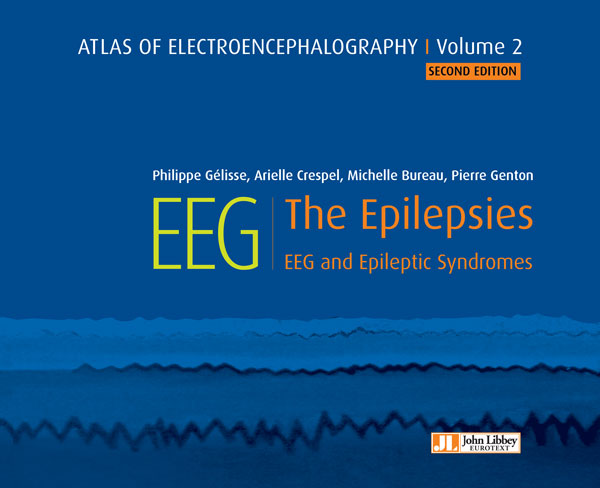(pour toute commande > 35€)
An updated version of the ILAE classification and the differential diagnosis of epilepsies, written by international experts in clinical epileptology and EEG.
This Updated version, written by international experts in clinical epileptology and EEG, comprehensively covers the clinical and EEG features of all epilepsy syndromes, proposes recording protocols based on the behaviour of the diagnostic EEG features in each syndrome, and rates diagnostic confidence according to the findings in hand and the available clinical information.
In this second edition, the first new part discusses the clinical approach to the diagnosis of the patient presenting with a probable epileptic seizure and the use of the EEG to support and refine (or refute) the initial hypothesis. It also explores the “when” and “how” to use the EEG (and avoid its overuse), once differential diagnosis includes the commonest imitators of epilepsy. Finally, it describes the EEG paroxysms of uncertain clinical significance to avoid over-interpretation when they appear to be the main (or the sole) EEG abnormality and the clinical picture offers little clarity.
The revised second part was published on its own in 2018 and includes the epilepsy syndromes that are recognised by the ILAE from the neonatal period to adulthood. Because it covers the indications and the optimal use of the EEG from the initial diagnostic level of “does my patient have epilepsy and, if yes, what is its type?” to the highest diagnostic refinement , this book can be a useful educational and clinical tool, full of practical information, tips and clues to improve the reader’s recording techniques and strategies.
From paediatric and adult epileptologists, EEG technologists, neurology and clinical neurophysiology residents to physicians and nurses, a wide range of professionals can use it as a reference guide on a daily basis.
- Part 1: The role of EEG in the diagnosis and differential diagnosis of the epilepsies
- Diagnosis of epilepsy and the updated ILAE classification
- Differential diagnosis of epilepsy
- Benign EEG variants and patterns of uncertain significance
- Part 2 : The role of EEG in the diagnosis and classification of the epilepsies and the epilepsy syndromes
- Overview of the clinical EEG practice
- Genetic (idiopathic) generalized epilepsies (GGE/IGE)
- Syndromes of genetic (idiopathic) generalized epilepsy
- Reflex epilepsies
- Structural and genetic focal (lobar) syndromes
- Progressive myoclonus epilepsies (PMEs)
- Neonatal seizures and syndromes
- Infancy/early childhood
- Childhood






